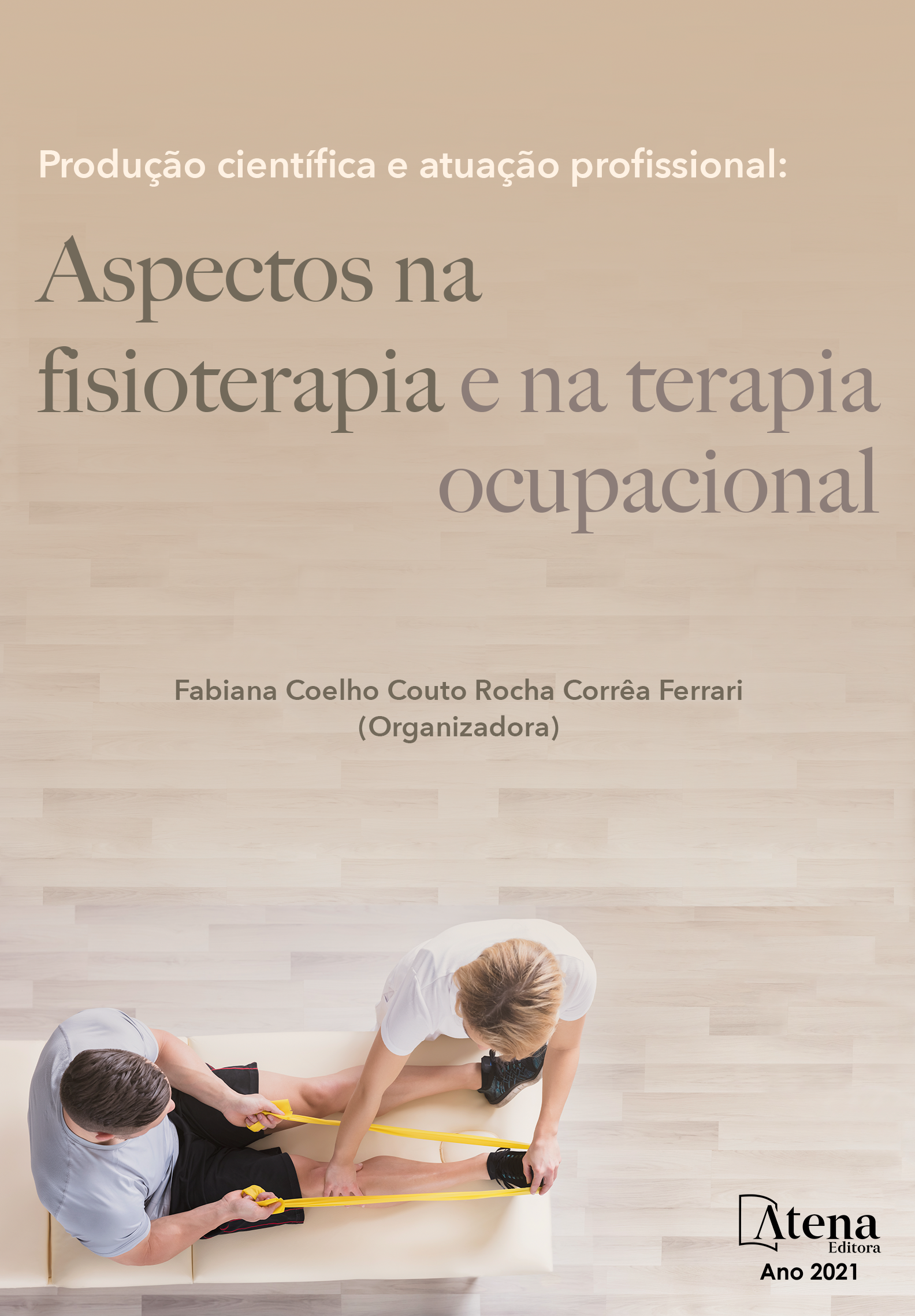
O USO DA PLATAFORMA TIMOCCO® COM CLIENTE NEUROLÓGICO ADULTO NA TERAPIA OCUPACIONAL – ESTUDO DE CASO
RESUMO: O uso das tecnologias digitais tem-se evidenciado como um instrumento de auxílio na reabilitação da pessoa com deficiência. Objetivo. O estudo objetivou analisar se o uso do jogo Timocco® contribui com a melhora do desempenho das habilidades motoras grossas no adulto com Ataxia. Métodos: Pesquisa de estudo de caso, com abordagem qualitativa e descritiva. A participante do estudo foi uma cliente de 35 anos, com quadro de Ataxia, decorrente da Síndrome de Wernicke. Os instrumentos usados para a coleta de dados foram: Ficha de anamnese, Medida de Independência Funcional (MIF), teste Box and Block Test (BBT), plataforma Timocco® e diário de campo. Os dados foram analisados e descritos a partir dos registros nos instrumentos utilizados, pré e pós testes e observação do pesquisador. Resultados. No resultado inicial e final com o BBT, não apresentou dificuldades. No treino com o Timocco® foram 10 encontros, 1 vez por semana, 50 minutos. A cada treino foi realizado 5 jogos de simulação de alcance, ritmo e circular, seguindo o protocolo estabelecido para o estudo. No jogo circular apresentou dificuldades em realizar no tempo estipulado em relação aos demais jogos. Os resultados de desempenho ocupacional da avaliação inicial e final com a MIF não apresentaram alterações significativas, sendo provavelmente pelo número de sessões para a realização dos treinos, já que houve o relato da cliente que obteve melhora para escovar os dentes. Conclusão. Concluiu-se que a plataforma virtual Timocco® pode ser utilizada com adultos com sequelas neurológicas, já que trabalha a coordenação motora grossa, a atenção e concentração, possibilitando a melhora do desempenho ocupacional do indivíduo. Nesse estudo de caso identificou-se importante motivação da cliente com os jogos que relatou querer continuar usando o recurso de forma rotineira. Considera-se que provavelmente apresentaria melhoras em seu quadro atual de desempenho nas habilidades motoras.
O USO DA PLATAFORMA TIMOCCO® COM CLIENTE NEUROLÓGICO ADULTO NA TERAPIA OCUPACIONAL – ESTUDO DE CASO
-
DOI: 10.22533/at.ed.76121280912
-
Palavras-chave: Realidade Virtual, Ataxia, Terapia Ocupacional, Timocco
-
Keywords: Virtual Reality, Ataxia, Occupational Therapy, Timocco
-
Abstract:
ABSTRACT: The use of digital technologies has been evidenced as an instrument to assist in the rehabilitation of people with disabilities. Objective. The study aimed to analyze whether the use of the game Timocco® contributes to the improvement of the performance of the thick motor skills in adults with Ataxia. Methods: Case study research, with qualitative and descriptive approach. The study participant was a 35-year-old client with Ataxia, due to Wernicke Syndrome. The instruments used for data collection: Anamnesis Form, Functional Independence Measure (MIF), Box and Block Test (BBT), Timocco® platform and field diary. The data were analyzed and described from the records in the instruments used, pre and post tests and observation of the researcher. Results. In the initial and final result with the BBT, it did not present difficulties. In training with Timocco® were 10 meetings, once a week, 50 minutes. At each training, 5 games of range, rhythm and circular simulation were performed, following the protocol established for the study. In the circular game he presented difficulties in performing in the stipulated time in relation to the other games. The results of occupational performance of the initial and final evaluation with the MIF did not present significant alterations, probably due to the number of sessions for the training, since there was a report of the client who obtained improvement to brush her teeth. Conclusion. It was concluded that the virtual platform Timocco® can be used with adults with neurological sequelae, since it works the thick motor coordination, attention, and concentration, enabling the improvement of the individual's occupational performance. In this case study, the client's motivation was identified with the games that reported wanting to continue using the resource routinely. It is considered that it would probably present improvements in its current performance in motor skills.
-
Número de páginas: 14
- Gilma Corrêa Coutinho


